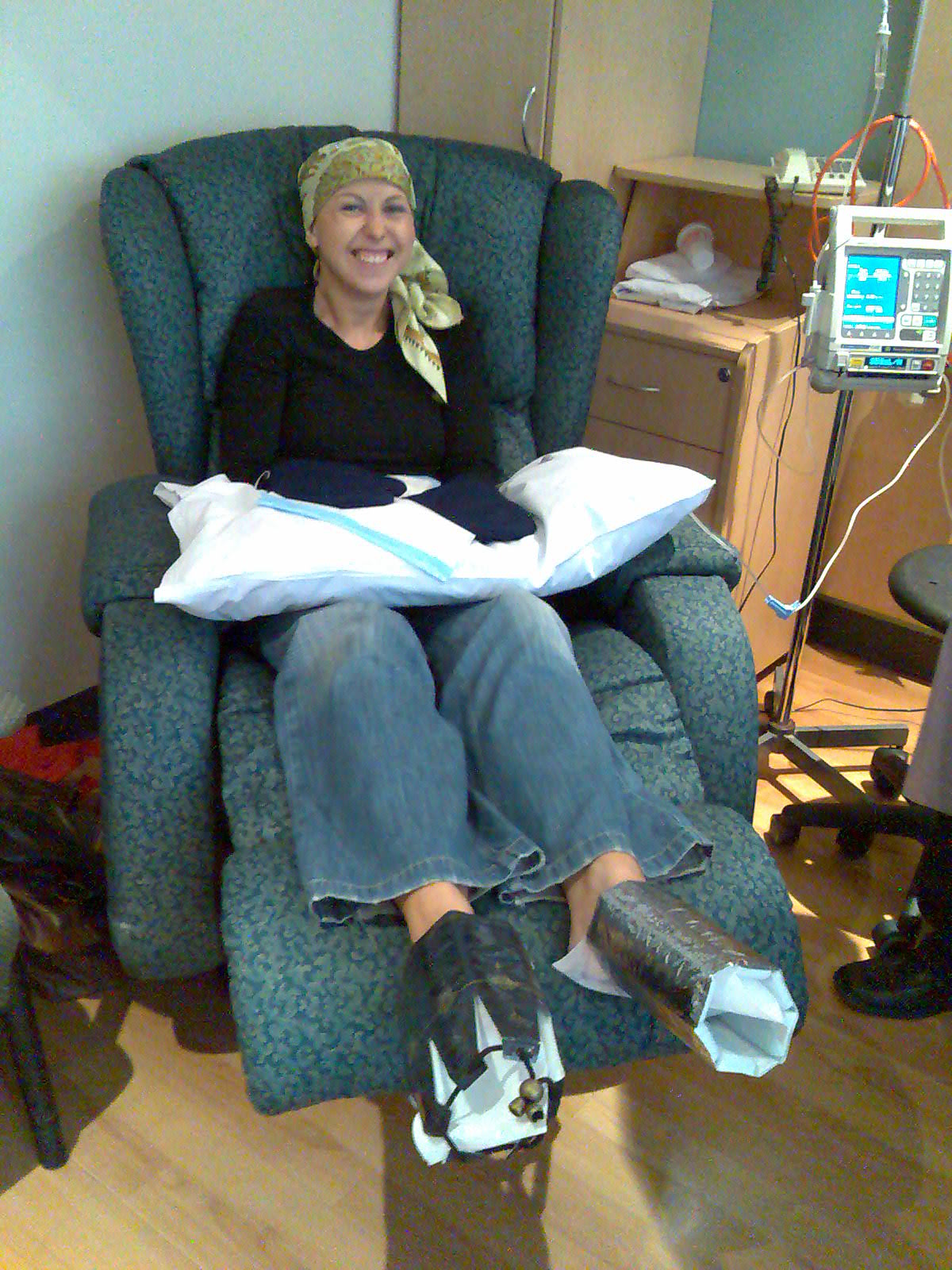Researchers from the University of Cleveland, Ohio, have developed a tiny "guided missile" for improved treatment of cancer patients.
 Preliminary experiments showed that an anticancer drug loosely bound to gold nanoparticles begins to accumulate inside cancer cells within minutes of injection, and can be activated within two hours for effective treatment against the disease. For the same drug injected alone, it takes two days to accumulate and attack the tumor - a less effective treatment method. The research findings were published in the scientific journal Journal of the American Chemical Society.
Preliminary experiments showed that an anticancer drug loosely bound to gold nanoparticles begins to accumulate inside cancer cells within minutes of injection, and can be activated within two hours for effective treatment against the disease. For the same drug injected alone, it takes two days to accumulate and attack the tumor - a less effective treatment method. The research findings were published in the scientific journal Journal of the American Chemical Society.
Targeting anti-cancer drugs directly to tumors provides a way in which patients receive a lower dose of the toxic substances, thus protecting the healthy tissues from damage and avoiding acute side effects that patients suffer from with standard chemotherapy methods.
"We hope to be able to reduce the dose by a factor of at least 10," said Clemens Burda, a chemistry professor at Case Western Reserve University in Cleveland, Ohio, and lead author of the paper.
The key to success? The scientists attached an anti-cancer drug to "guided missiles" composed of gold through a weak chemical interaction known as a non-covalent bond. In molecules, a covalent bond is like a tight and tangled strong rope; And a non-covalent bond is like a shoelace bond, which can be untied relatively easily.
"Often, additions to chemical systems may change the properties of the system's components," explains the researcher. Previous attempts by the researcher, and other research groups, to use covalent bonds in the field of drug delivery, led to complications and less good results than expected.
The researchers, who came from diverse fields, found that it is possible to use non-covalent bonds in order to attach a drug to a gold coating in order to avoid interference arising from each and every component separately.
Gold nanoparticles have a large surface area that allows them to store a large amount of materials in a small area. These substances are inert to the human body and their thickness is only 5 nanometers, they move quickly in the blood circulation and are able to penetrate through the membranes of cancer cells easily and accumulate inside the tumors. A coating of polyethylene glycol is tightly attached to the gold nanoparticles, thereby making it possible to free up other sites inside them that could bind to other substances.
The gold coating provides an environment in which the medical activity of the anti-cancer drug silicon phthalocyanine is physically prevented, thereby preventing its unwanted exposure to healthy tissues. The drug, loosely bound to the gold nanoparticle, dissociates from it due to its reaction with the fatty membrane of the cancer cells. In its next phase, the drug released inside the tumor destroys the cancer cells and shrinks the tumor. After releasing the drug at the appropriate target, the nanoparticles pass through the kidneys and are removed from the body within a week.

One response
Is what is described here included in the category of so-called "nano submarines"?
Or is it a different technique?
I would appreciate explanations, thanks!